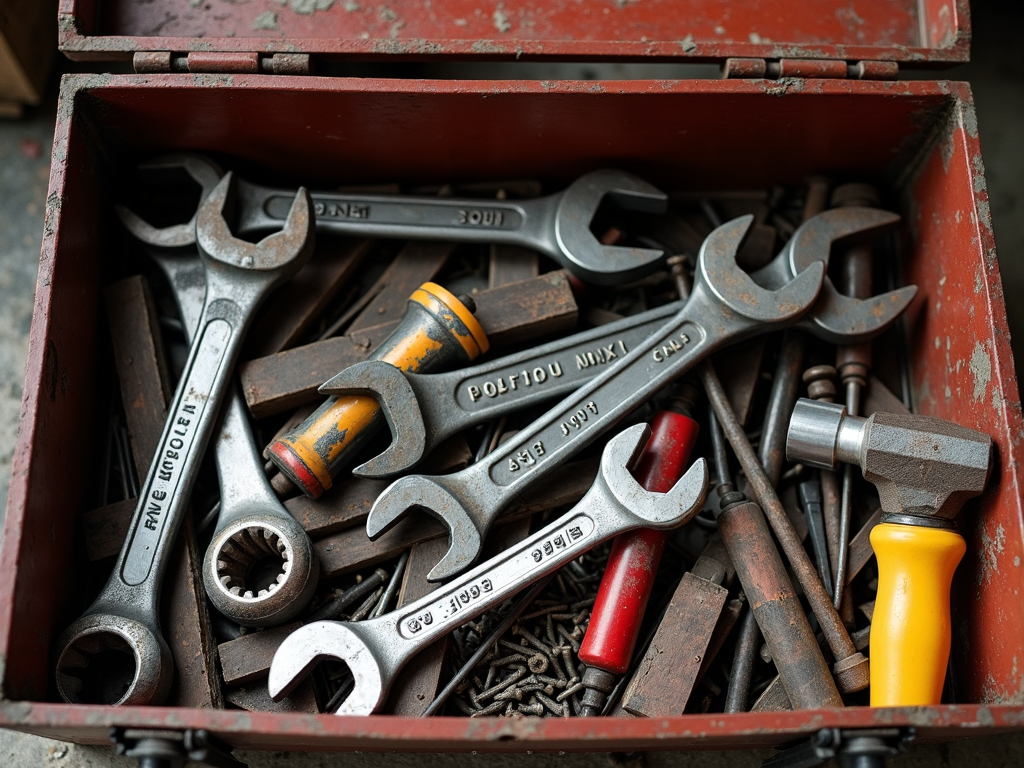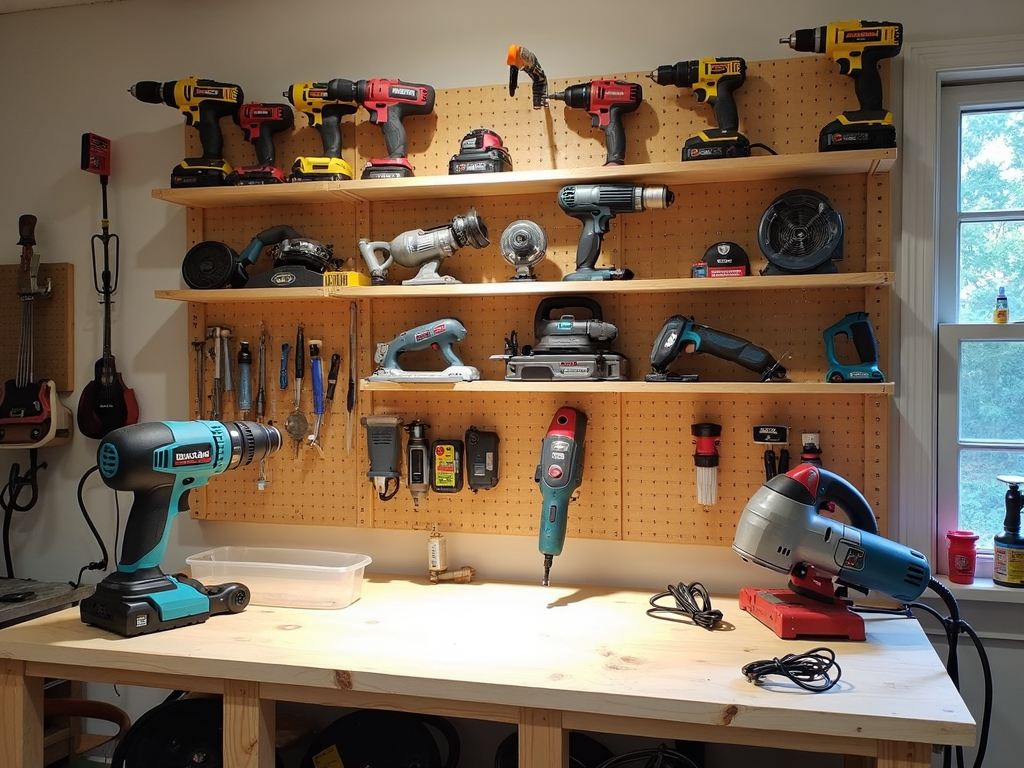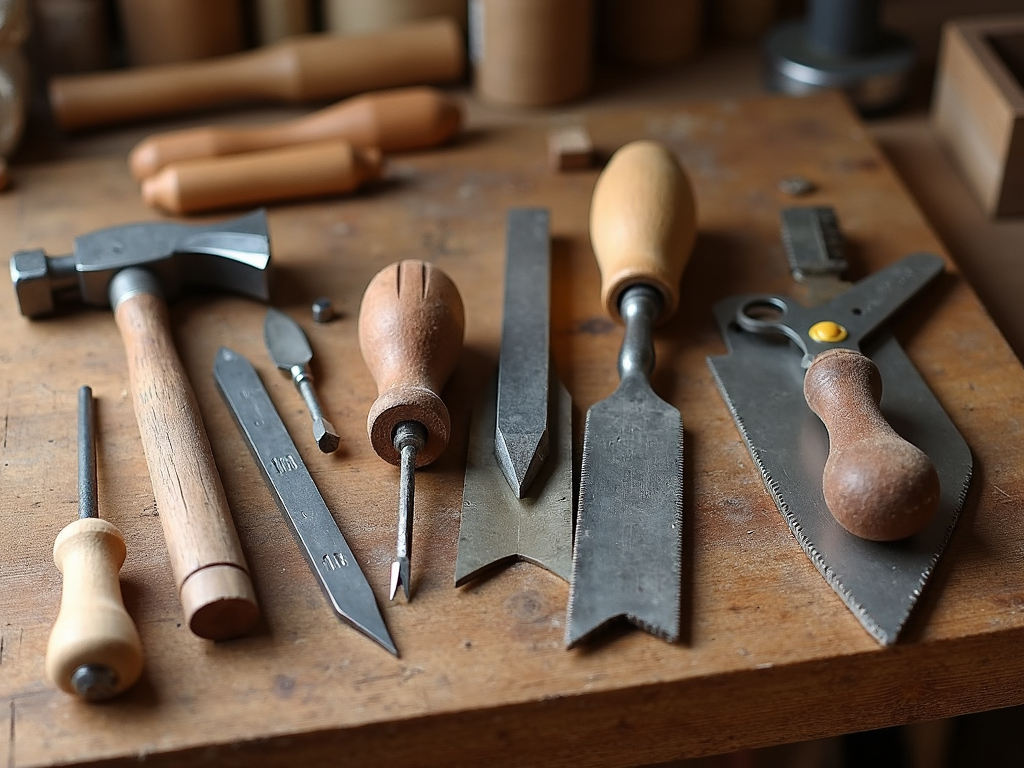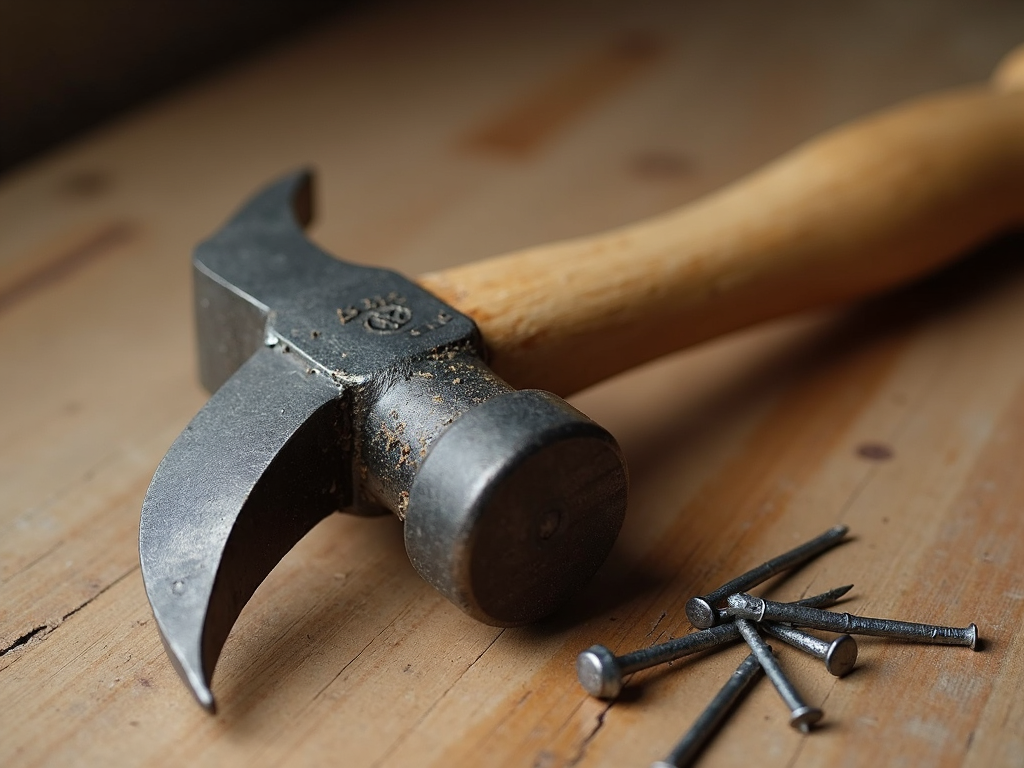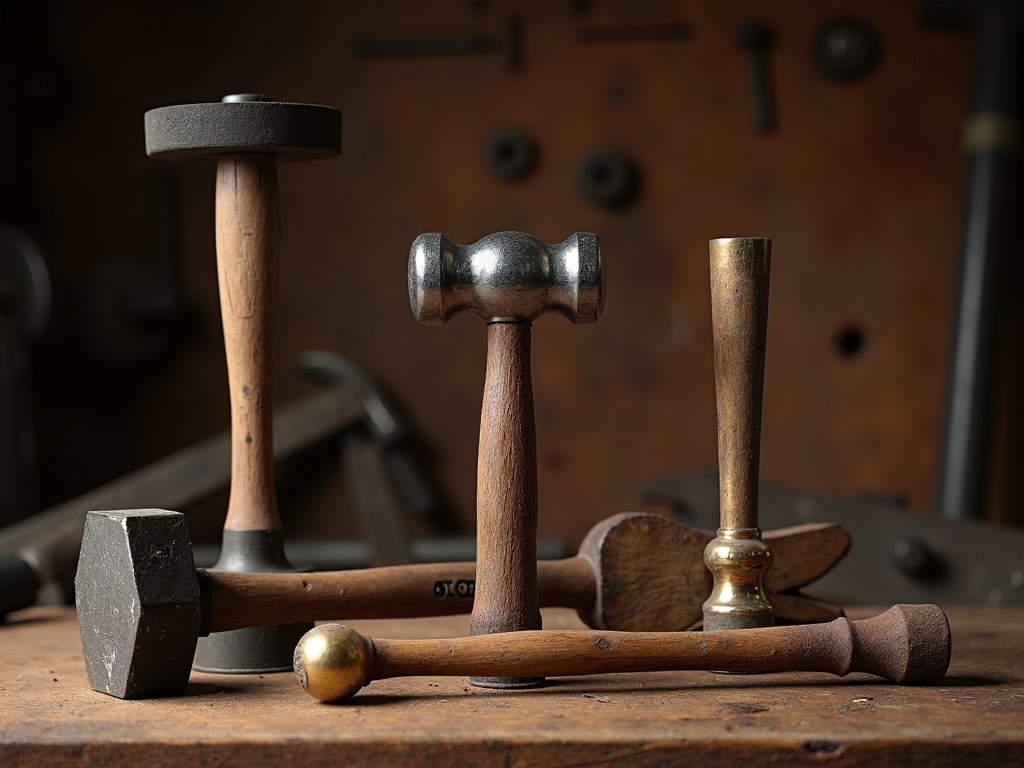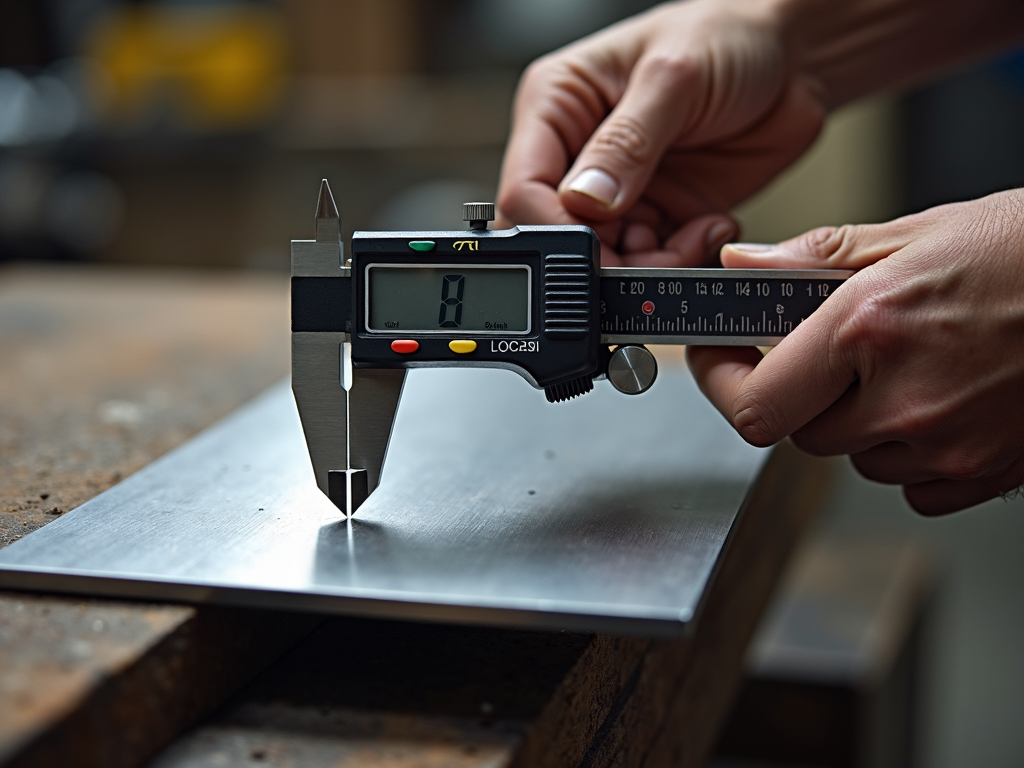Power tools are indispensable in metalworking, offering precision and efficiency. This guide explores the must-have tools, their uses, and tips for getting the best results.
In the world of metalworking, power tools are more than just conveniences—they're necessities. From shaping and cutting to finishing and cleaning, these tools allow craftsmen to achieve levels of precision and efficiency that manual tools simply can't match. Whether you're a seasoned professional or a hobbyist just starting out, understanding the role of power tools in metalworking is crucial. In this guide, we'll delve into the essential power tools every metalworker should know about, share personal insights from years of experience, and provide practical tips to help you get the most out of your tools.

Drills in Metalworking
Drills are perhaps the most fundamental power tools in any metalworker's arsenal. They allow for the creation of precise holes, which are often necessary for assembling parts or installing fasteners. When working with metal, it's important to use drills that are specifically designed for the material. For instance, cobalt or titanium-coated drill bits are ideal for harder metals like steel, as they can withstand the heat generated during drilling.
Personal Insight: I remember a project where I needed to drill through a thick steel plate. Using a standard drill bit, I struggled with overheating and dulling. Switching to a cobalt bit made all the difference—it cut through the metal like butter and lasted much longer.
There are several types of drills suitable for metalworking:
- Cordless Drills: Great for portability and general use, but may lack the power for heavy-duty tasks.
- Hammer Drills: Ideal for drilling through tough materials, offering more power and versatility.
- Drill Presses: Perfect for precision drilling, providing stability and accuracy for repetitive tasks.
When choosing a drill, consider the specific requirements of your project. For example, if you need to drill multiple holes in a straight line, a drill press is your best bet. On the other hand, for quick, on-the-go tasks, a cordless drill might be more convenient.
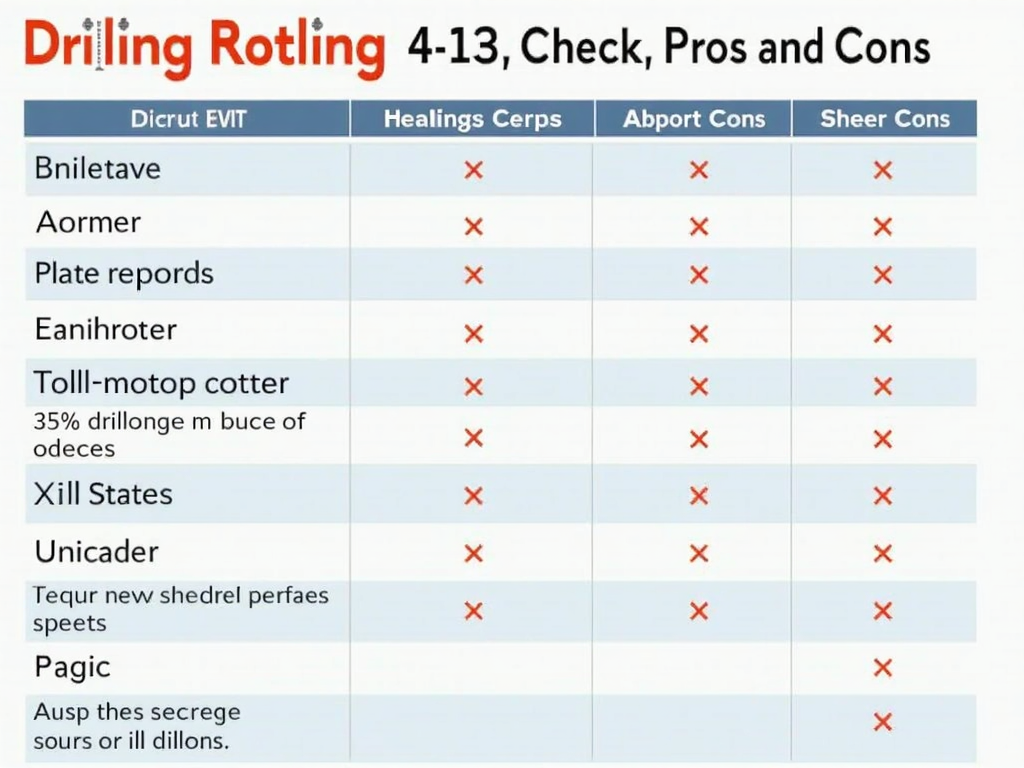
Grinders: Shaping and Finishing Metal
Grinders are the go-to tools for shaping and finishing metal surfaces. Whether you're removing excess material, smoothing rough edges, or preparing a surface for painting, a grinder can handle the job. There are several types of grinders, including angle grinders, bench grinders, and die grinders, each suited for different tasks.
Personal Insight: One of my favorite uses for an angle grinder is deburring metal edges after cutting. It's quick, efficient, and leaves a smooth finish that's ready for the next step.
When selecting a grinder, pay attention to the type of wheel or disc it uses. For metalworking, you'll want to use wheels specifically designed for metal, such as aluminum oxide or zirconia alumina. These materials are durable and can handle the rigors of grinding metal without wearing down too quickly.
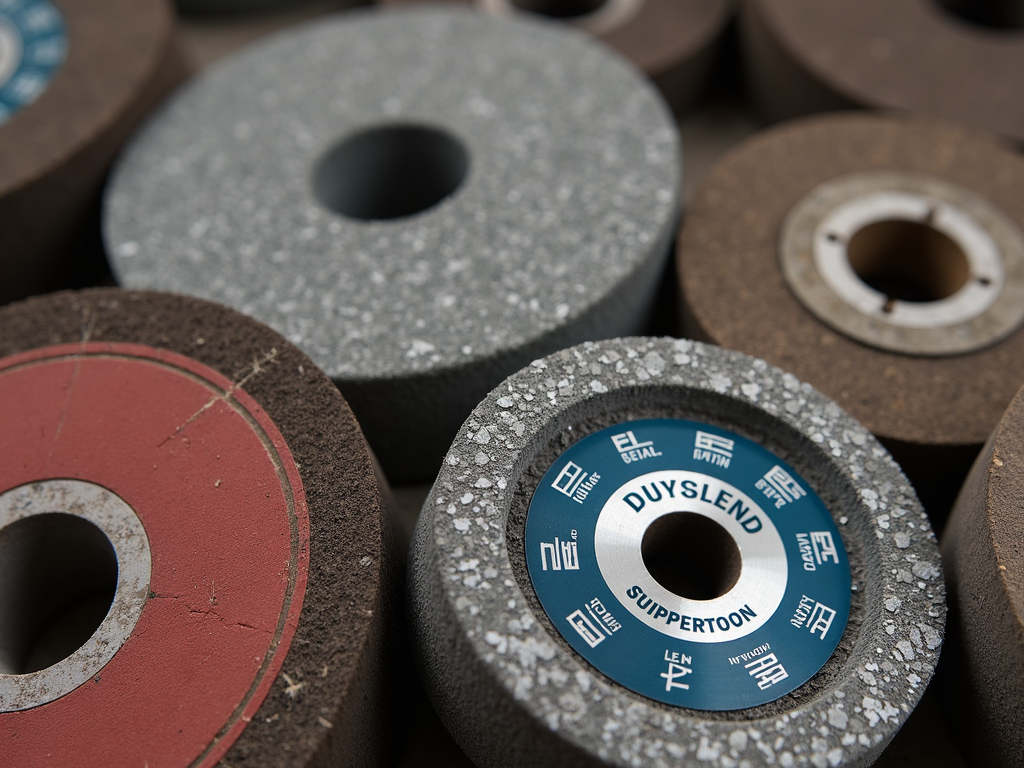
Saws: Cutting Through Metal with Precision
Saws are essential for cutting metal sheets, bars, and pipes. In metalworking, the most common types of saws are band saws and circular saws. Band saws are excellent for making straight cuts in thicker materials, while circular saws are better for quick, rough cuts.
Personal Insight: I once had to cut a large aluminum sheet for a custom project. Using a band saw, I was able to make clean, precise cuts without much effort. It was a game-changer compared to using manual tools.
When using saws for metalworking, it's crucial to use the right blade. Blades with a higher tooth count are better for thinner metals, while those with fewer teeth are suited for thicker materials. Additionally, always ensure the blade is sharp to avoid jagged cuts and unnecessary strain on the tool.
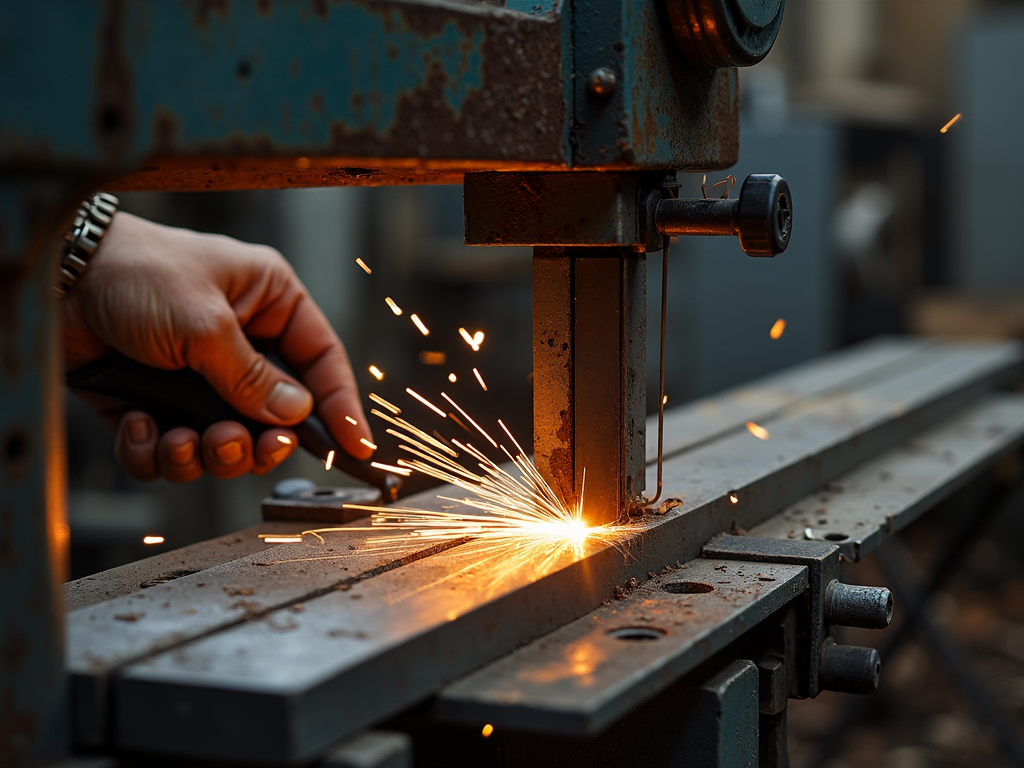
Power Washers: Cleaning Metal Surfaces
While not traditionally associated with metalworking, power washers can be incredibly useful for cleaning metal surfaces. Whether you're removing rust, paint, or debris, a power washer can save you time and effort. It's especially handy for preparing surfaces before welding or painting.
Personal Insight: I was skeptical at first, but after using a power washer to clean a rusted metal gate, I was amazed at how effective it was. It stripped away years of grime in minutes, leaving the metal ready for restoration.
When using a power washer on metal, be mindful of the pressure setting. Too much pressure can damage the surface, especially on softer metals like aluminum. Start with a lower setting and gradually increase it until you find the right balance.
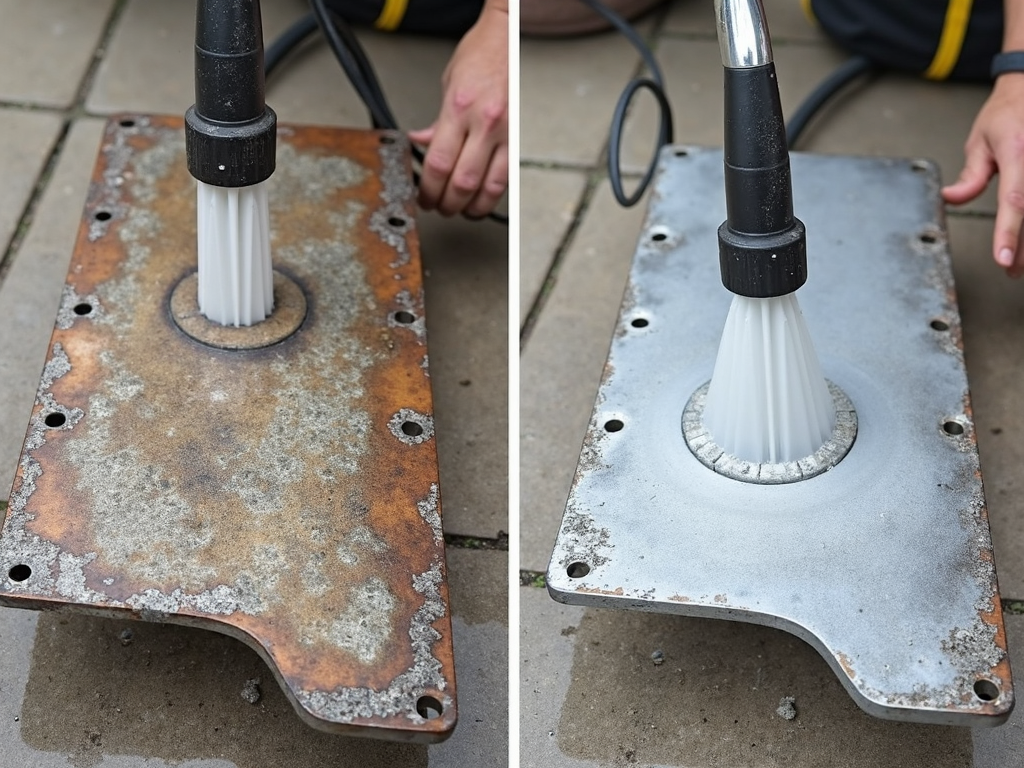
Choosing the Right Tool for the Job
Selecting the appropriate power tool for your metalworking project is crucial for achieving the best results. Consider the following factors:
- Material Type: Different metals require different tools and techniques. For example, harder metals like steel may need more powerful tools than softer metals like copper.
- Task Requirements: Are you cutting, drilling, or finishing? Each task has specific tools designed for optimal performance.
- Tool Features: Look for tools with adjustable speeds, ergonomic designs, and safety features to enhance your workflow.
By carefully evaluating these factors, you can ensure that you're using the right tool for the job, which will not only improve your efficiency but also extend the life of your tools.
Safety First: Protecting Yourself and Your Work
Working with power tools, especially in metalworking, comes with inherent risks. Flying debris, sharp edges, and loud noises are just a few of the hazards you might encounter. That's why safety should always be a top priority.
Here are some essential safety tips:
- Always wear appropriate protective gear, including safety glasses, gloves, and hearing protection.
- Ensure your workspace is well-ventilated to avoid inhaling metal dust or fumes.
- Keep your tools in good condition and follow manufacturer guidelines for use.
- Never rush a job—take your time to ensure accuracy and safety.
For more detailed safety guidelines, refer to OSHA's Guide to Power Tool Safety, which provides comprehensive information on safe tool usage.
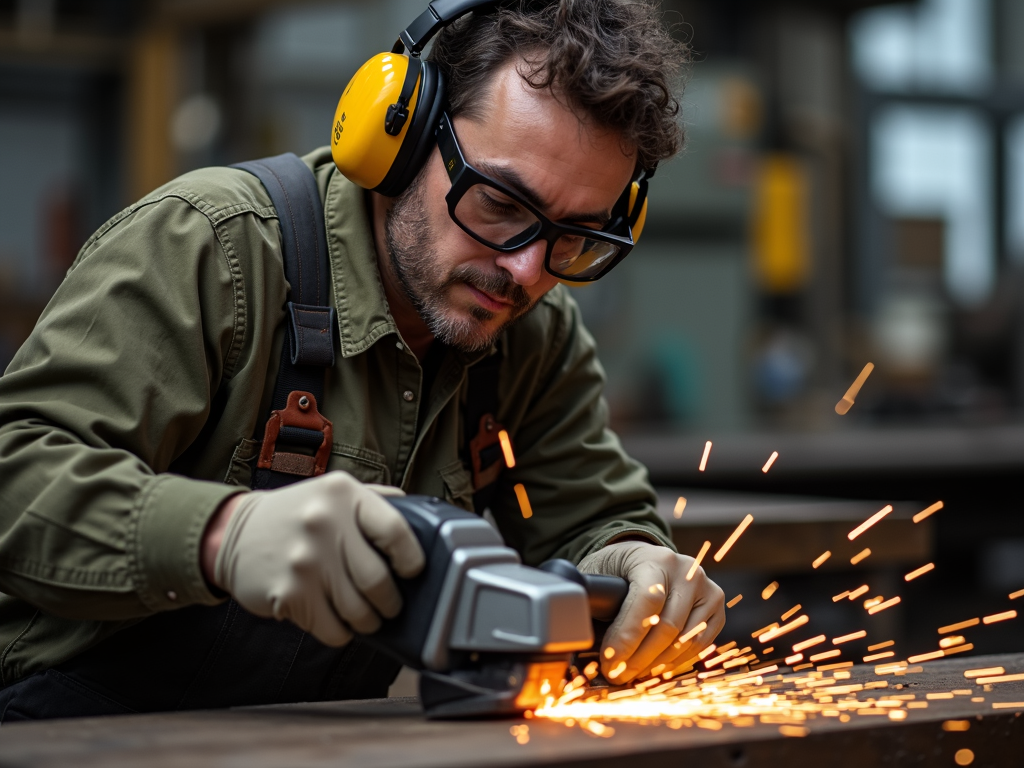
Maintenance and Care for Power Tools
Proper maintenance is key to keeping your power tools in top condition. Regular cleaning, lubrication, and inspection can prevent wear and tear, ensuring your tools last for years.
Here are some maintenance tips:
- Clean After Use: Remove dust, debris, and metal shavings from your tools after each use.
- Lubricate Moving Parts: Apply lubricant to moving parts to reduce friction and prevent rust.
- Check for Wear: Regularly inspect cords, blades, and bits for signs of wear and replace them as needed.
By taking care of your tools, you'll not only improve their performance but also enhance your safety in the workshop.
Wrapping Up: The Power of the Right Tools
In metalworking, having the right power tools can make all the difference between a frustrating experience and a successful project. From drills and grinders to saws and power washers, each tool has its place in the workshop. By understanding their uses, choosing the right one for the job, and prioritizing safety, you can elevate your metalworking skills to new heights.
Remember, the key to mastering these tools is practice and patience. Don't be afraid to experiment and learn from your mistakes—that's how you grow as a craftsman.
Related power tools for metalworking:
- How to Organize Your Toolbox for Maximum Efficiency
- The Top Power Tools Every Home Workshop Should Have
- Beginner's Guide to Woodworking Tools
- Essential Tools for Every Handyman: A Comprehensive Guide
- The Evolution of Painting Techniques Through History: From Cave Walls to Modern Tools
- Toolbox Essentials: Organizing Like a Pro
- Boost Your Energy: Nutrition Tips for a Productive Day
- Specialty Hammers for Crafts and Hobbies: Essential Tools for Precision Work
- Safety First: Protecting Yourself in the Workshop
- DIY Workshop Safety Tips for Every Hobbyist: A Comprehensive Guide
- How to Prep Your Room for Painting: A Comprehensive Guide
- Essential Workman Tools for Metalworking: A Comprehensive Guide
